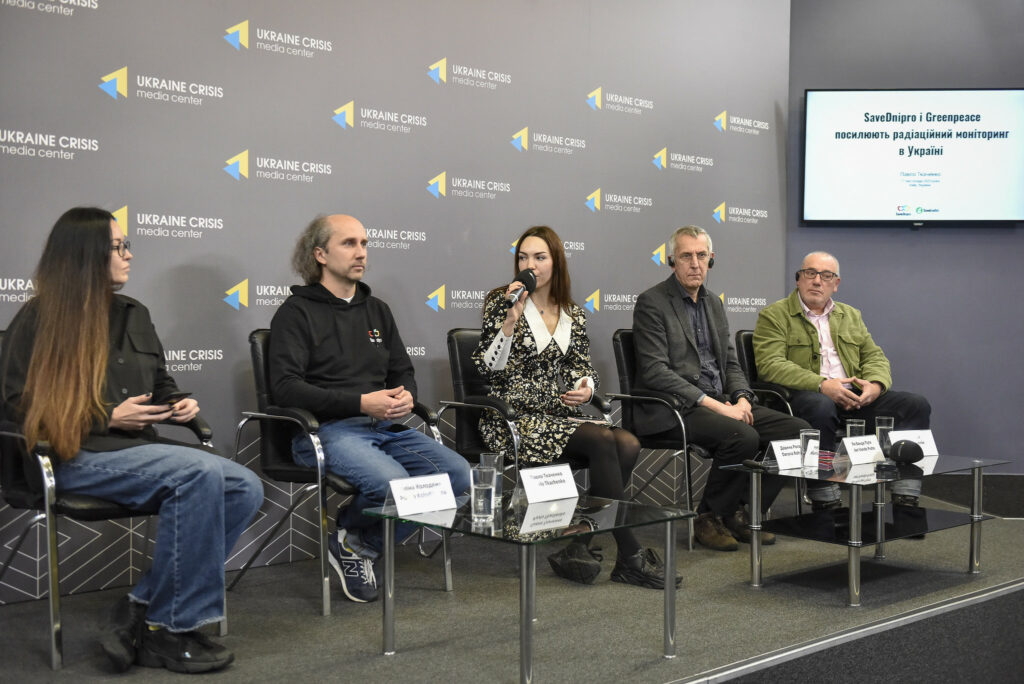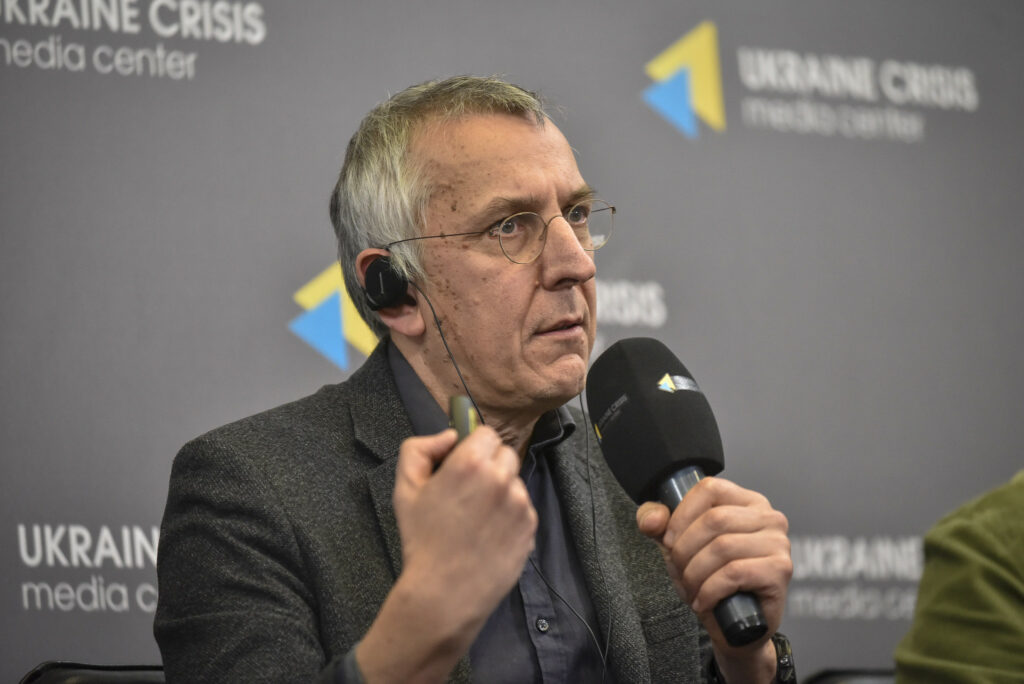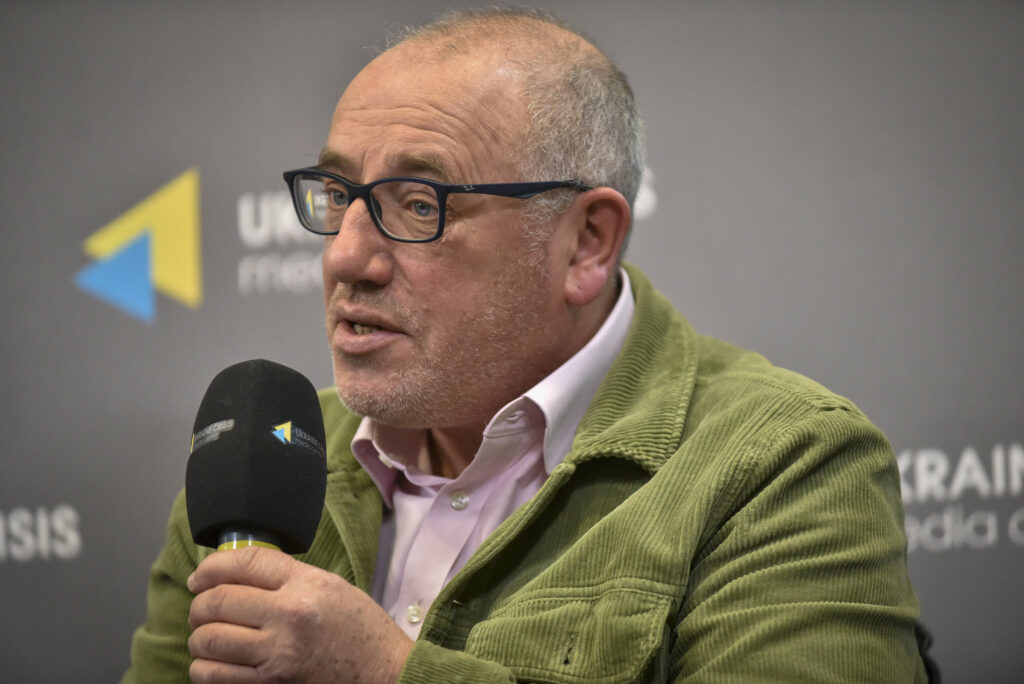Radiation safety in Ukraine continues to remain a subject of particular concern to both government structures and international public organizations. The efforts made in this respect were discussed at a press conference at the Ukraine Crisis Media Center. “Russian forces have repeatedly attacked Ukrainian nuclear facilities and spread fakes about radiation levels in Ukraine. This has urged our organization to strengthen information communication regarding radiation levels and to develop independent online networks and more transparent radiation monitoring in Ukraine, especially near the Zaporizhzhia NPP. With the help of international partners, we managed to install 10 radiation sensors within 100 km of it in the last six months,” noted Pavlo Tkachenko, technical director of NGO SaveDnipro.
In partnership with Greenpeace, this organization started looking for the required equipment in the summer, and today there is already a result. “Last week, the Greenpeace team came to us, we took all sensors and traveled to the south of Ukraine,” added the technical director of the NGO SaveDnipro.
They have installed 6 radiation sensors in the following cities: Zaporizhzhia, Uman, Yuzhnoukrainsk, Odesa and the Odesa region.
However, Pavlo Tkachenko reminded that only state authorities have the right to declare an emergency.
According to Jan van de Putte, nuclear specialist at Greenpeace, the first assessment of the Zaporizhzhia NPP was carried out as early as March 2, 2022, when information on possible risks in the event of an attack by the Russians was reviewed. Since then, the situation has changed. The focus has shifted to insufficient management of the ZNPP by Rosatom.
“When the Russian armed forces blew up the Kakhovka HPP, our attention was focused on the water pool. It became clear that the Russian military are capable of anything, which made us even more worried. They could have done sabotage and released radiation,” the expert noted.
The Greenpeace representatives also expressed concern about the fact that two NPPs located in the Ukraine-controlled territory were attacked by Russian missiles In September 2022, there was a powerful explosion at 300 meters from the nuclear reactor at the Yuzhnoukrainsk NPP and its building was damaged by the blast wave.
“And yet, Zaporizhzhia NPP remains the main risk,” emphasized Jan van de Putte. – In case of a military attack on the system, there are still several steps that the Ukrainian operator can take in order to intervene in the situation. However, it does not control the plant in Enerhodar, and this could lead to dire consequences.”
His colleague, Greenpeace nuclear specialist Shaun Burnie, focused on the Rosatom’s activities. “We tried to understand how the Russian military and Rosatom work at the ZNPP. As a result, we published a report, in which it was noted that the nuclear plant was used by the Russian army as a military platform, including to attack the civilian population of the Dnipropetrovsk region,” the expert noted.
Responding to the question why the IAEA does not want to impose sanctions against the Russian Federation and Rosatom, Shaun Burnie answered as follows: “They say that they are outside of politics, and this is partially true. At the same time, this agency has leverage because it plays a key role in matters involving the nuclear industry.”





